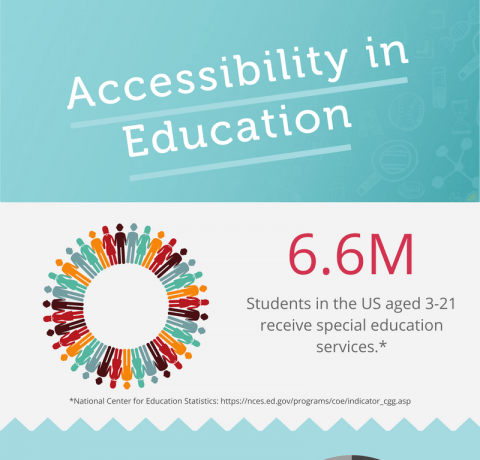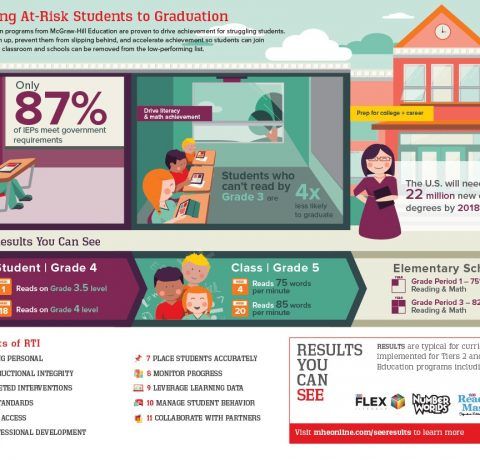Disabled at School Infographic
A disability can have a hugely significant effect on a child’s experience at school. Many disabled adults describe their experience at school as an ultimately negative one.
There are several reasons why those affected by a disability might have a negative experience at school. This includes a lack of awareness among staff and other children; negative attitudes towards disabled pupils and a failure to provide the appropriate facilities.
The Disabled at School Infographic highlights some key statistics regarding school-age disabled children. It also indicates some of the unfavourable conditions they face at school and how this could be rectified. As you can see we still have some way to go in improving a disabled child’s experience at school. One of the major problems that disabled and special needs children face is bullying.
A study carried out by the University of London’s Institute of Education (IOE) showed that around 12 percent of special needs pupils at age seven felt like they were bullied ‘all of the time’. So these very young pupils are clearly experiencing discrimination day in day out. This is something that cannot be ignored! But how can we educate children about their disabled peers?
Throughout their lives our children will come across children who are different from themselves, who might be of a different race or religion or gender identity or physical/mental ability etc. For this reason we must ensure that all children are educated in the principles of equality and how to understand diversity.
Here’s how you can teach little ones about disabilities:
1. Reassess your own attitude and set a good example for children.
You might feel it necessary to become better educated yourself before discussing disabilities with your children. We must also avoid treating differently abled people differently from anybody else to make sure children don’t pick up any bad habits. Similarly we must discuss the topic of disability in a politically correct manner. Teach your children by setting a good example for them.
2. Be open to an honest and frank discussion in which you answer as many of their questions as possible.
We all know that children don’t have the same anxieties that adults do when it comes to asking the questions that might make you feel a bit uncomfortable and awkward. Never reprimand your children for this – they just don’t understand yet. Be prepared to answer all of their questions.
Here are some examples of ideas that you should explain to your children when answering their questions:
- Every single person is different to the next.
- A disability is just one part of a person, not the whole person.
- Like all children they want friends and to be treated nicely.
- Some people are born with a disability others become disabled because of an accident or medical problem.
- A physical disability doesn’t equal a mental disability and vice versa.
- It’s impossible to catch a disability.
- Although disabled children do all of the same things other children do they might need a little more help or a little more time.
3. Expose children to positive representations of disabled people.
You should keep your child away from negative or offensive stereotypes of disabled people that are perpetrated by the media. Instead show them positive examples of disabled people or children. This might include showing them potential role models in the form of athletes who take part in the Special Olympics.
There are also lots of children’s books that provide a positive representation of disability; and can help you explain the nature of disabilities to your child. Explaining disabilities to children might not be an easy task. Nevertheless, it is so important that children understand how to treat everybody equally no matter what differences they possess. Only then can we reduce the number of disabled pupils who are bullied at school.







You can adjust your cookie preferences here.